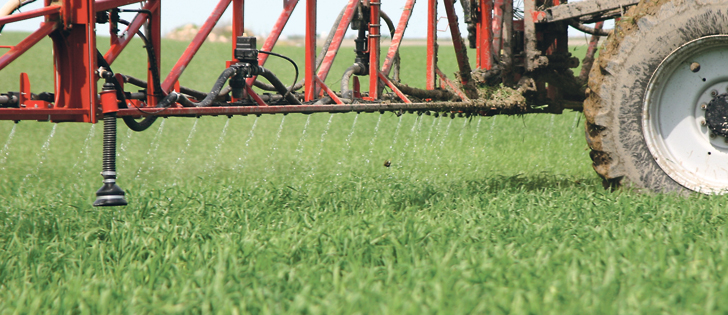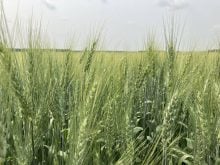Many producers feel that agriculture is under siege. They say that public expectations of farmers to produce cheap food while saving the planet have become ridiculous. So, creating policies to cut nitrous oxide emissions from cropland isn’t easy.
Dan Mazier, Keystone Agricultural Producers president, knows a tax on carbon is contentious. Members of KAP debated carbon taxes for more than 75 minutes at an April meeting.
“We want to be part of the solution … (but) it scares the bejesus out of every agricultural producer: we are going to bear the cost of all this.”
Read Also

Why feds imposed EV tariffs
Moe and Kinew have a fight on their hands when it comes to eliminating the EV tariff. Canada has to worry about pissing off the U.S. and Mexico and hundreds of thousands of auto workers.
When farm forecasters look into their crystal balls, they see a future with five million acres of soybeans in Western Canada.
Most experts wonder what that could mean for other crops, but Mario Tenuta likes to ask a different question: what will it mean for N2O emissions from prairie soils?
The answer to that question is simple.
Soybeans require less nitrogen than other crops, so more acres could curb N2O emissions from prairie cropland.
Tenuta, a University of Manitoba soil scientist and Canada Research Chair in applied soil ecology, is interested in N2O emissions be-cause it could be a large opportunity for western Canadian growers to reduce greenhouse gases from agriculture.
Adoption of zero tillage, direct seeding and cutting summer-fallow acres have helped sequester more carbon in the soil. But those practices have been around for decades.
“Moving forward, by 2030, how much carbon are we going to be mopping up with those practices? It’s going to be diminishing,” said Tenuta, who spoke at the Agricultural Institute of Canada conference, held late April in Winnipeg.
Tenuta said cutting N2O emissions from prairie soils should be the priority because a reduction has a lasting impact.
“If I reduced emissions in one year, I’ve reduced emissions forever from that year. It’s not debatable.”
Slashing N2O emissions may be necessary because Canadian farmers are applying more nitrogen than ever to crops. In 1981, they used about one million tonnes of nitrogen. By 2011, they applied two million tonnes, in an effort to reap higher yields.
With increased use of nitrogen, losses to the atmosphere in the form of N2O also increased. Environmental groups and policy makers noticed the jump because N2O is a potent greenhouse gas. One kilogram of N20 emissions is equivalent to 300 kg of carbon dioxide emissions.
Tenuta said the trend of using increasing amounts of nitrogen isn’t sustainable, but he also knows that Canadian farmers need higher yields.
“The bottom line is we want to produce more crop. We want to export more crop and we want to do that as profitably as possible. The limitation for the future … is going to be nitrogen.”
Tenuta said prairie farmers could produce more grains and oilseeds in the future, with fewer N2O emissions.
During his presentation in Winnipeg he laid out a scenario of how it would work. Using Manitoba as an example, Tenuta said it’s possible to cut N2O emissions by 33 percent compared to 2005 levels. It would require:
- adoption of the 4R principles of right rate, right time, right place and right source.
- continued expansion of soybean acres
- enhanced efficiency fertilizer use by all growers to reduce losses to the atmosphere
- all growers to band fertilizer
- rolling back nitrogen rates
The last item seems unlikely, seeing how canola growers need large quantities of nitrogen to reach yields of 50 to 60 bushels per acre. Tenuta said it could be possible with the help of enhanced efficiency fertilizers.
“They’re actually designed so you don’t have to use as much fertilizer and you get the same yield or get more yield.”
Convincing growers to adopt the practices on Tenuta’s list could prove more challenging.
“The obvious (tool) is a price on carbon,” said Hank Venema, director of planning for the Prairie Climate Centre in Winnipeg. “It’s contentious and it’s not an easy sell in the agriculture sector.”
Tenuta has met with Canadian growers and understands their concerns, but current practices may become socially unacceptable.
“I see my role as trying to help growers in terms of navigating what might be coming down the pipeline … and to drive innovation.”
















